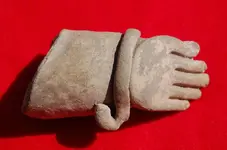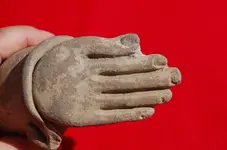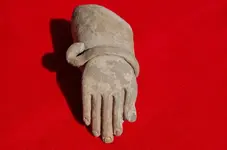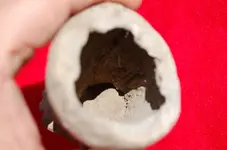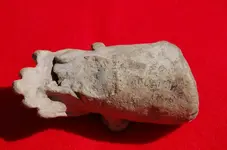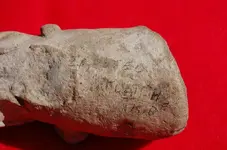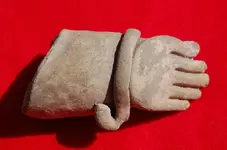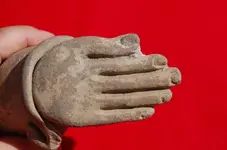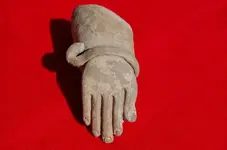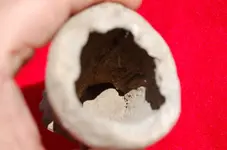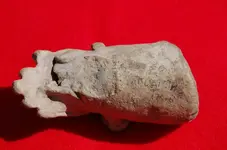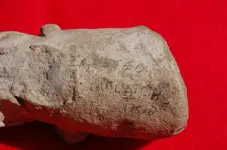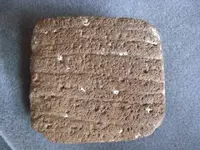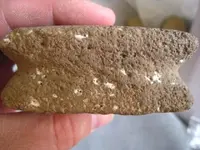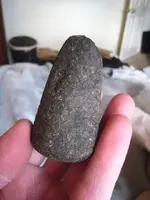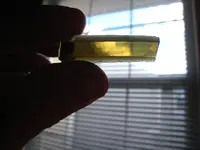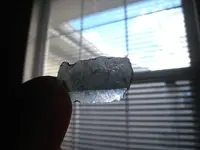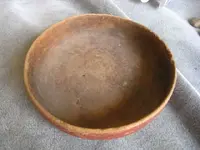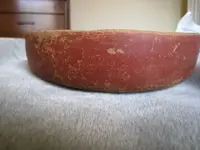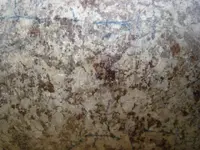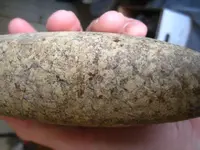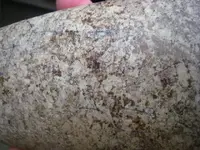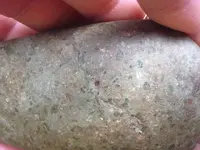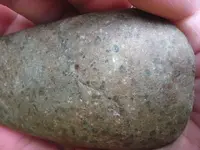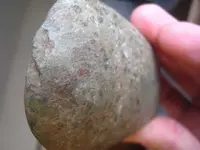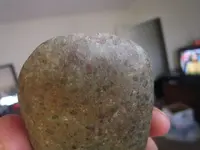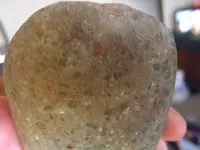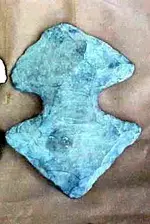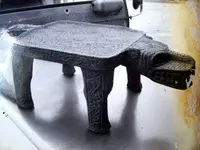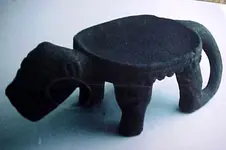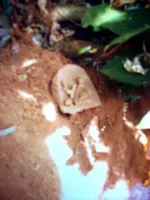ShieldJaguar
Full Member
Here are some pics of some of my Maya, Mixtec and Olmec artifacts. While working with an archie in Mexico I was able to keep some stuff I found. Everything I found was out of context so was not archaeologically important. Most were field finds. I'd walk fields in my spare time and was able to find lots of stuff. I have bags and bags of obsidian blades, cores and scrapers. I have so many large bags of broken pottery pieces that it's crazy. I was hunting one cave in my spare time and found a bunch of calcium encrusted pottery shards. I used a dental pick set to clean the calcium off and found one piece had a really neat scene etched on it. I'll try to find some pics of that pottery piece. That was a rush to be cleaning it and realize it wasn't just another piece of utilitarian wear. (Went back to that cave the next year and got histoplasmosis from breathing in the bat dung - nasty fungal pneumonia) Cavers/rock shelter hunters please read:
http://www.mayoclinic.com/health/histoplasmosis/DS00517
Ok, now my pics.
First one is a group of small polished Mayan/Mixtec celts.
Second one is the smallest celt of the group. It measures 1 1/8.
The third celt is 2 3/8.
The fourth axe is 6 3/4. Talk about an awesome axe!
I should mention that there is a red substance dried on a lot of the axes. I had a hunch that it was blood, so we got some luminol and tested some artifacts and sure enough, where the red residue is tested positive for blood. Its not ocher or hematite dried on them, and given that these were found in an area that had a massive battle it makes sense that axes would be left baking in the sun after the user was killed. Pretty neat.
The next one is a large mano. It's 9 1/4 inches long.
The next axe is a nice Olmec pole celt. It's 4 1/4 inches. Olmecs were the first major culture in Mexico which makes this the oldest axe I have.
The next is a Mayan/Mixtec celt. It's 4 3/8 long and has use wear on the bit that looks like it scraped bone. This one tested positive for blood.
http://www.mayoclinic.com/health/histoplasmosis/DS00517
Ok, now my pics.
First one is a group of small polished Mayan/Mixtec celts.
Second one is the smallest celt of the group. It measures 1 1/8.
The third celt is 2 3/8.
The fourth axe is 6 3/4. Talk about an awesome axe!
I should mention that there is a red substance dried on a lot of the axes. I had a hunch that it was blood, so we got some luminol and tested some artifacts and sure enough, where the red residue is tested positive for blood. Its not ocher or hematite dried on them, and given that these were found in an area that had a massive battle it makes sense that axes would be left baking in the sun after the user was killed. Pretty neat.
The next one is a large mano. It's 9 1/4 inches long.
The next axe is a nice Olmec pole celt. It's 4 1/4 inches. Olmecs were the first major culture in Mexico which makes this the oldest axe I have.
The next is a Mayan/Mixtec celt. It's 4 3/8 long and has use wear on the bit that looks like it scraped bone. This one tested positive for blood.
Amazon Forum Fav 👍
Attachments
-
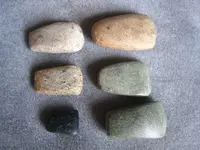 1a.webp62 KB · Views: 543
1a.webp62 KB · Views: 543 -
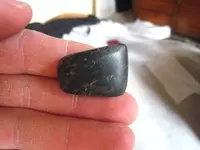 2a.webp21.9 KB · Views: 502
2a.webp21.9 KB · Views: 502 -
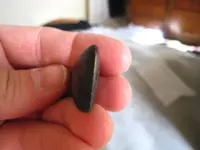 3a.webp13.2 KB · Views: 512
3a.webp13.2 KB · Views: 512 -
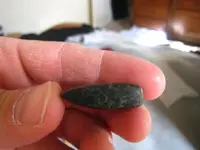 4a.webp16.8 KB · Views: 508
4a.webp16.8 KB · Views: 508 -
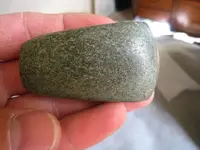 5a.webp30.7 KB · Views: 507
5a.webp30.7 KB · Views: 507 -
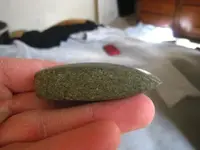 6a.webp19.6 KB · Views: 510
6a.webp19.6 KB · Views: 510 -
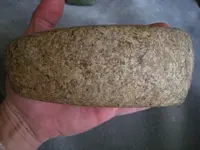 7a.webp37.4 KB · Views: 532
7a.webp37.4 KB · Views: 532 -
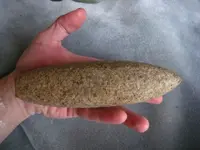 8a.webp31 KB · Views: 500
8a.webp31 KB · Views: 500 -
 mano.webp60.3 KB · Views: 570
mano.webp60.3 KB · Views: 570 -
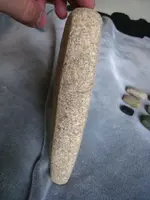 9a.webp31.7 KB · Views: 510
9a.webp31.7 KB · Views: 510 -
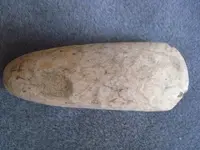 14a.webp39.7 KB · Views: 487
14a.webp39.7 KB · Views: 487 -
 16a.webp30.5 KB · Views: 495
16a.webp30.5 KB · Views: 495
Upvote
0



